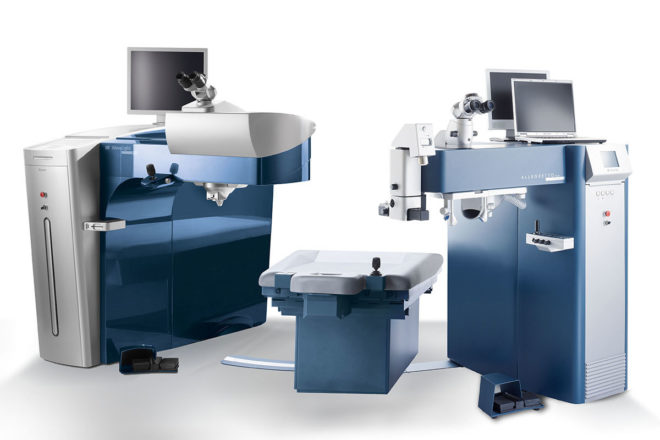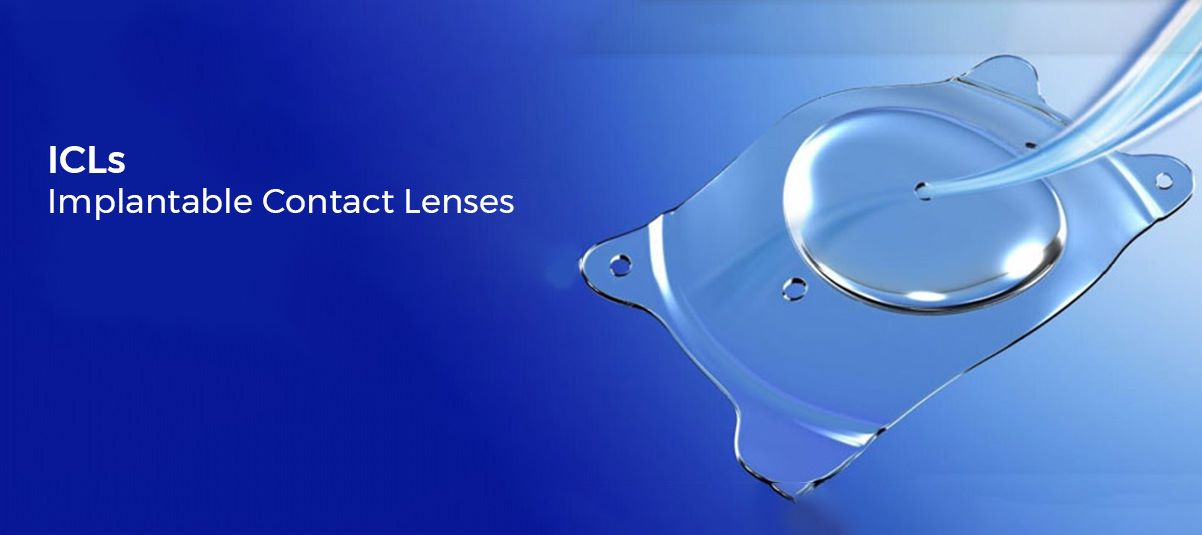Refractive Surgery
What is Refractive Surgery?

Refractive surgery is an operation used to fix the eye’s refractive defect (spectacle power). Usually, it’s done to eliminate or lessen reliance on contact lenses and spectacles. Once a patient has reached the age of 18 to 21 and has a steady refraction (glass power), it can be done. All candidates must provide a full medical history and undergo a thorough eye examination, especially Studies like corneal topography (Pentacam, Orbscan), anterior segment optical coherence tomography (ASOCT), and other procedures are carried out to assess the shape, thickness, and curvature of the cornea as well as other aspects of the eye. The eye surgeon (ophthalmologist), after gathering all the information, decides on the patient’s refractive surgery alternatives.







Symptoms of Refractive Errors?
Common symptoms after happening refractive errors include blurry vision, dry eyes, halos or glare, sensitivity to light, headaches, eye strain, difficulty seeing at night, double vision, and eye fatigue.
Advanced Technology & Diagnostic Tools ?
Contoura Vision surgery utilizes advanced technology, including topography-guided laser systems, to precisely map the cornea’s surface, allowing for customized treatment and improved outcomes in vision correction procedures.

Treatment Options in Refractive Surgery
The most cutting-edge management solutions for refractive surgery are now available to help you regain your eyesight and your life.




Good To Know Refractive Surgery Questions
Refractive surgery corrects vision by reshaping the cornea, the clear front part of the eye. The procedure adjusts the way light enters the eye, allowing it to focus correctly on the retina, thus improving vision. This can reduce or eliminate the need for glasses or contact lenses.
Determining your suitability for refractive surgery depends on various factors. An eye care professional will assess your eye health, prescription stability, corneal thickness, and other considerations to determine if you are a suitable candidate. It is best to consult with an eye specialist to determine your eligibility for refractive surgery.
The different types of refractive surgery include LASIK (Laser-Assisted In Situ Keratomileusis), PRK (Photorefractive Keratectomy), SMILE (Small Incision Lenticule Extraction), Contoura vision and ICL (Implantable Collamer Lens).
The recovery period after refractive surgery can vary depending on the type of procedure performed. Generally, it takes a few days to a few weeks for the initial healing process. Most people experience improved vision within the first few days after surgery, but it may take several weeks or even months for the vision to stabilize fully. It is important to follow the post-operative instructions provided by your surgeon and attend follow-up appointments to ensure proper healing and monitor your progress.
Reach Out To Us to Know More on the Services by filling out the Form.
Mauris ut hendrerit diam. Sed eget blandit purus. Quisque dignissim non nisl aliquam faucibus
Proin lacinia, est lobortis iaculis pulvinar, sapien erat rhoncus nisi, sed elementum risus urna non quam. Sed eu erat vulputate, euismod sem a, tristique sapien. Aliquam sagittis iaculis diam, vitae hendrerit lorem vulputate eleifend
